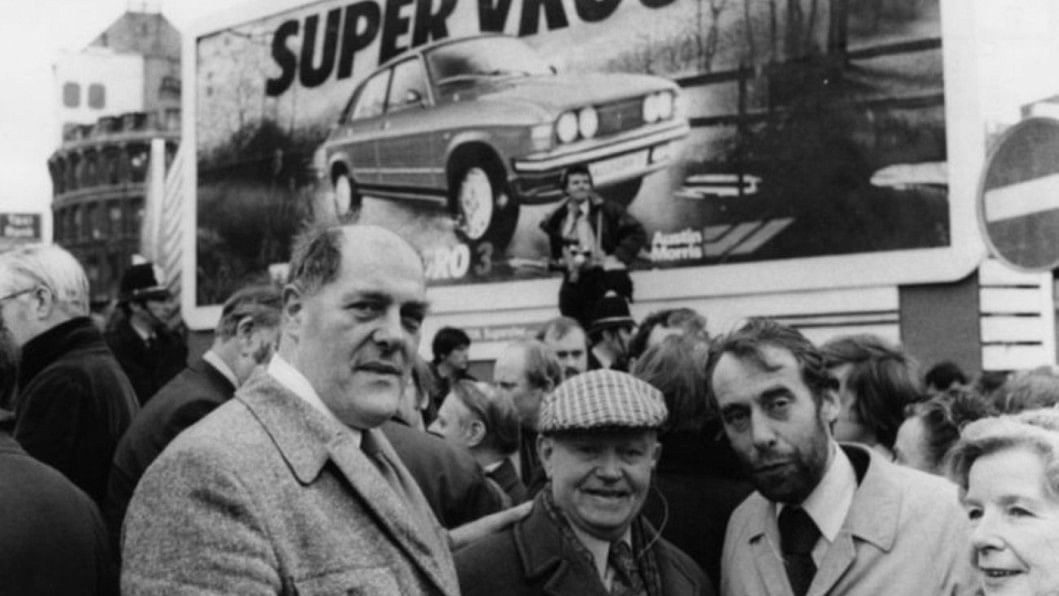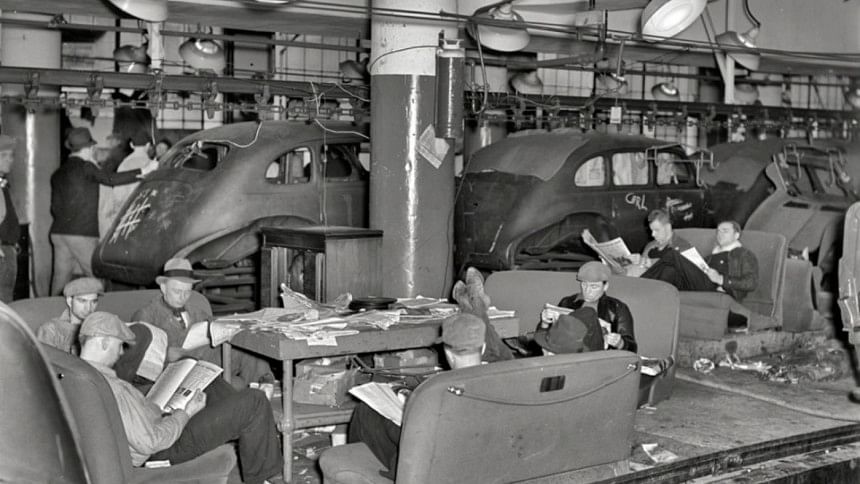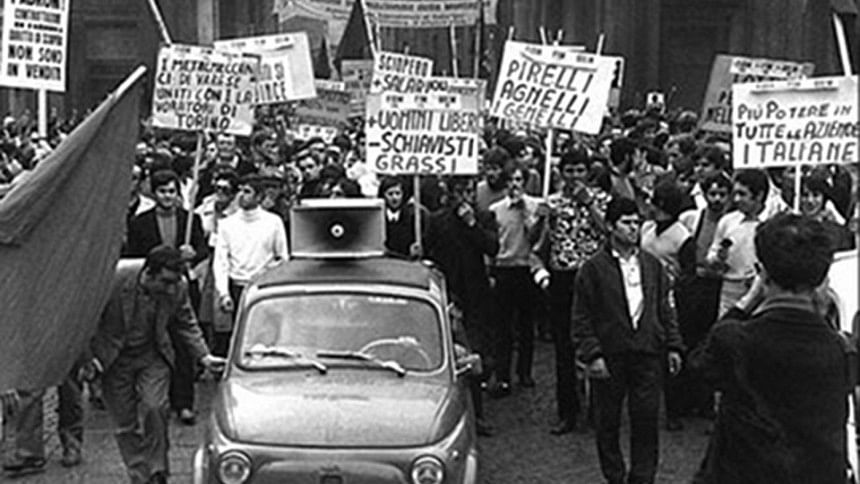Spanners in the works—how labour unrests shaped the auto industry as we know it today

Since the early days of the automobile, the importance of skilled labour was readily understood by the pioneers of the industry and in most cases, exploited. Henry Ford's innovative new assembly line method of manufacturing cars brought the automobile to the masses (or at least some portion of it) in the form of the Model T, but as expected of a nascent industry, working conditions were less than satisfactory. The size of the market was also an issue—in the early days of the industry, the market was just not big enough to afford the kind of changes to worker benefits that would've afforded them a decent living. Thus, over time, the auto industry has seen frequent disruptions on the labour front that have changed the way manufacturers operate and treat workers.

The United States, the birthplace of the assembly line, saw its first major clash with worker unions in December of 1936. With the effects of the Great Depression weighing in, the United Auto Workers (UAW) led occupation of General Motors' Fisher Body Plants No.1 and No.2 in Flint, Michigan, resulted in the signing of a contract with UAW that guaranteed better wages and a more humane work week. With a significant victory under its belt, the UAW saw a rapid national expansion that brought unionisation to the assembly lines of the US auto industry. From there on, the UAW would play a crucial role in safeguarding the interests of the US auto workers, largely due to the inherent mechanics of mass assembly, which responded well to targeted strikes—halts in specific parts of the production process could effectively coerce the factory owners to consider workers' demands.
Detroit, still heralded as Motor City—the heart of America's auto industry for nearly a century—had initially attracted automakers due to the anti-union policies implemented by the Employers' Association of Detroit. When the global oil crisis struck in the early to mid-1970s and the American consumer shifted to purchasing more fuel-efficient imports from Japan, the union strikes in the factories spilled over onto the streets. Rather than fight a battle on two fronts—their own workers and the threat of foreign competitors—American manufacturers chose to relocate to cheaper shores. Detroit's auto industry is yet to recover, more than four decades later.

Europe, on the other hand, initially lagged behind the US in its adoption of the assembly line. Even though it was the birthplace of the automobile itself, Europe's largest manufacturers—the likes of Benz, Opel and Austin—still relied on a leisurely pace and hand craftsmanship to build cars. European coachbuilding was expensive and time-consuming—whereas the average US auto worker could afford to own (after some savings) the vehicle he had helped manufacture, that was simply not true for auto workers across the Atlantic, even with significant savings. Following the Second World War, there was a huge influx of investment in Europe's infrastructural capabilities, especially in manufacturing. General Motors, Chrysler and Ford dumped millions into German brands like Opel and Vauxhall, while effectively exporting techniques and mass production know-how. With a foot in Europe, US auto brands grew ever larger. It was only a matter of time before trouble with workers resulted, however.
In the late 1960s, Italy saw rolling strikes that spilled over into political avenues, in what is known as the "Hot Autumn" of worker unrest. FIAT's factory saw frequent closures and the biggest manufacturers were forced into corners that demanded better wages and benefits for workers. Unionisation was more readily achieved in Europe than the US, a fact that is prominently displayed in the fall of British Leyland. From 1975 onwards, union strikes at the British behemoth reached critical mass, exploding into a series of rolling strikes that brought the entire industry to a grinding halt. "Mini cars, mini pay"—referencing the iconic Austin Mini—brought on stark contrasts of a factory building a peoples' car favourite but sacrificing the very people who built them. Iconoclasts like Derek "Red Robbo" Robinson became household names, gaining instant fame for leading the charge of the auto workers against their giant, corporate employers.

British Leyland may have fallen—chopped up into tiny segments and sold to the lowest bidders—but most manufacturers survived due to an outside force that had not come into play before. Automation—the use of robots and pre-programming—would see brands like FIAT bypass worker unions' demands and adopt a policy of aggressive automation, reducing the number of employees from 140,000 to 90,000, seemingly overnight, in the early 1980s. In the US, the same thing was happening, despite a growing market and economic booms.
The constant search for cheap, disciplined labour led the giants of the US, Germany, France and the UK led them to various corners of the earth. Brazil, South Korea, South Africa and more recently, China, were all valid candidates. In Brazil, on May 12, 1978, the day shift workers entered the Saab-Scania plant's tool room in Sao Bernardo but refused to start up their machines. The strike quickly spread to the whole plant with thousands of workers standing by their machines in silence with their arms crossed. From Scania, the stoppages spread to other auto plants--Mercedes, Ford, Volkswagen, and Chrysler. Within a few days, workers were crossing their arms and refusing to work in all the major plants.
Everywhere the global manufacturers went, labour unrest followed, despite growing margins and a constantly rising consumer base. With automation reaching unprecedented levels of accessibility and sophistication, manufacturers are seeing fit to replace human skills with robotic precision in order to meet ever-growing demands. In newer markets like India and China, manufacturing is leapfrogging several decades in the transition from agricultural dependency to industrial dominance; farmers are having to stand up to giant corporations in order to preserve their lands and livelihoods.

The future looks bleak. With so much of the world's focus on trade liberalisation, open borders, increasingly advanced technology, and ever growing competition, there is no guarantee that even skilled labour will have their place in the global auto industry. The average auto worker's life has constantly come under threat for nearly as long as the industry has existed—it's a sobering reminder of the exploitation that often persists behind consumer choices.





Comments